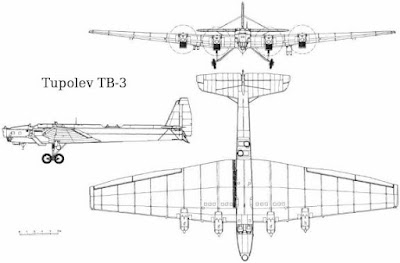The Arado Ar 196 was a ship-borne, reconnaissance seaplane in service with the German Kriegsmarine (Navy) between 1939 and 1945. It replaced the Heinkel He 60 biplane. During World War II, it played an important role in spotting enemy ships of the Royal Navy in the North Sea and Atlantic Ocean. It was carried onboard major surface warships of the Kriegsmarine, such as the Bismarck and the Tirpitz, with each one of them carrying a total of four seaplanes (floatplanes).
Technical Characteristics
The Arado Ar 196 was a reliable and safe to fly aircraft, with excellent handlings characteristics both on water and in the air. It would become the most successful naval aircraft of Germany. It was known as the "eyes" of the German Navy. Due to its heavy armament, it was also used to attack lumbering enemy maritime patrol planes. The most widely used variant was the Ar 196A-3.
Structurally, the Arado Ar 196 was very conventionally built. It was fitted with straight, dihedral, low wing, which consisted of two spars and stressed all-metal skin. Its fuselage was built around a strong framework made of welded steel tubes that supported the skin. This skin was light metal alloy from the engine firewall to the middle of the fuselage (rear of cockpit), and from there to the tail, it was hardened fabric. Thus, it was of a mixed construction.
Each wing of aircraft features slotted flaps and Flettner tabbed ailerons. It had an unswept leading edge and slight taper on the trailing edge of wing. The dihedral configuration greatly improved stability in roll. The tail was also stressed-skin structure but with the movable surfaces covered with fabric. The landing gear was composed of two braced, Alclad light alloy floats. Fuel was stored in two 300-liters tanks, with each one of them being located in the floats.
Specifications (Ar 196A-3)
Type: two-seat, reconnaissance seaplane
Length: 10.96 m (35 ft, 11 in)
Wingspan: 12.44 m (40 ft, 9 in)
Height: 4.44 m (14 ft, 7 in)
Power Plant: one BMW 312K, 9-cylinder, air-cooled radial engine, delivering 960 HP during take off.
Maximum Speed: 312 km/h (194 mph).
Maxium Range: 800 km (497 miles)
Ceiling: 7,000 m
Armament: two 20-mm, wing-mounted MG FF cannons; two 7.92-mm MG-15 machine guns, one firing fowards, the other rearfowards. Two 50-kg bombs.
Below, two Arado Ar 196 seaplanes flying over the Mediterranean, off the coast of the coast of Italy in mid 1943.
One Arado Ar 196A-3 flying over the British channel in 1941.
Below, one of several prototypes, the Ar 193C-V3 in early 1939.
The famous German seaplane flying over the North Sea, with a Kriegsmarine's warship below.






























